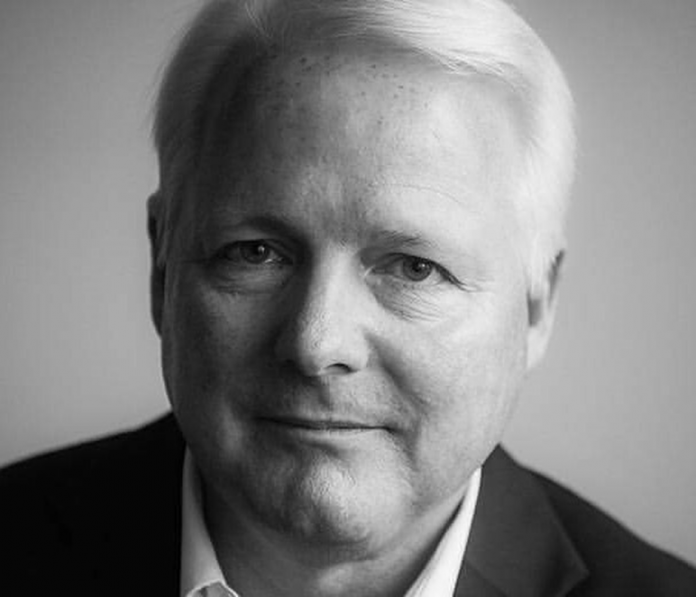For more than two decades, Jim Mullowney has been sounding the alarm about a problem many don’t want to confront: the hidden risks associated with human waste from cytotoxic drugs. As the founder of Pharma-Cycle, a company dedicated to providing safe collection and disposal systems for the urine, feces, and vomit of patients containing cytotoxic drugs, Mullowney has devoted his career to preventing birth defects, including autism, childhood cancer, and others.
“I first realized what we were dealing with when I saw syringes full of chemotherapy drugs being mishandled at a hazardous waste facility,” recalls Mullowney. “These were not ordinary chemicals; many of them are cytotoxic, designed to alter the DNA of rapidly dividing cells, such as a child being born. They are life-saving in the right medical context, but their second-hand exposure is disastrous.”
Cytotoxic drugs are indispensable in cancer care. They aim to target rapidly dividing cancer cells. But their second-hand potency has an enormous duality. While essential in treatment, their genotoxic nature means they can affect other fast-growing healthy cells, such as those in hair, skin, or the reproductive system of men and women of childbearing age, a known risk to fertility. This presents a major public health challenge because these hazardous agents can be shed by patients not just in urine and feces, but also in sweat, vomit, and saliva. That duality, which is at the heart of their therapeutic power yet makes them hazardous outside strict controls, is the undeniable reality at the core of Mullowney’s mission.
“The reality is that hospitals handle these substances with extraordinary caution,” he explains. “You will see pharmacists working behind multi-million-dollar systems with robots mixing doses in sealed environments. Nurses wear protective gear. But after a patient receives treatment, they go home, and just like the vitamin you took this morning, where your urine looks like you ate a highlighter, the drugs continue to leave their system. That’s where the oversight drops off.”
Mullowney also raises questions about potential connections between environmental exposures and conditions such as autism. While autism is widely understood as a complex neurodevelopmental condition with both genetic and environmental influences, Mullowney believes the role of hazardous drugs in shaping DNA deserves closer examination. “If autism has a genetic component, and we know certain chemicals are designed specifically to alter DNA, then it’s at least worth asking what impact secondhand exposure to cytotoxic drugs could have,” he says. Although no definitive link has been established, he argues that the issue highlights the need for expanded research into how these substances may affect future generations.
Scientific literature has documented for decades that cytotoxic drugs are hazardous even in small amounts. The United States Pharmacopoeia, known as USP800, has long recognized the risks to healthcare workers under USP Chapter 800 exposed during preparation or administration. Mullowney believes the same awareness needs to extend beyond the hospital walls.
“We know these drugs are excreted in sweat, urine, and stool,” he says. “Once outside controlled settings, they don’t just disappear. They can end up in wastewater, septic systems, and even on household surfaces. That raises questions about who else could be exposed, and what the long-term consequences might be.”
While research has shown increased rates of miscarriage and birth defects among healthcare workers exposed to cytotoxic drugs, the broader impact on families and communities is less well studied. “Nobody disputes the toxicity of these substances,” he notes. “The gap is in connecting that knowledge to how we manage drug waste once patients leave the hospital.”
Pharma-Cycle was founded to address precisely that gap. The company develops collection systems that aim to safely capture hazardous pharmaceutical waste before it contaminates our families and future generations, as well as enters the environment. “The simplest way to put it,” Mullowney explains, “is that we can’t treat these drugs like ordinary trash. They need a closed-loop system, collected, contained, and destroyed in a way that protects public health.”
The challenge, he admits, is not technological but political. “The science is there. Various well-known safety and health agencies have recognized the dangers of cytotoxic drugs for decades. What’s missing is the will to standardize and enforce proper collection. Too often, regulatory agencies pass responsibility back and forth, and the result is inaction.”
Mullowney believes broader change requires public awareness. “Most people don’t know this issue exists,” he says. “Hazardous cytotoxic drug waste rarely makes headlines.”
That’s why he continues to advocate, not only as a business owner but as a father. “I’m not doing this for money,” Mullowney says. “I’m doing it because I have seen what these chemicals are and how poorly they have been handled. If we know these drugs can be harmful in microdoses, why aren’t we taking every step to prevent unnecessary exposure?”
For Mullowney, the path forward is clear: improve public understanding, strengthen regulations, and implement proven systems for safe disposal. “We put a car on the moon,” he says, “but we still have not figured out how to consistently keep cytotoxic drugs out of our environment. That needs to change.”
The urgency of his message is not rooted in alarmism but in precaution. As he says, “These are lifesaving medicines, and we will always need them. But if we don’t handle the waste responsibly, we could risk creating problems for future generations, including autism and other birth defects. Prevention is always better than repair.”


